
Today’s menu
Today’s menu
(Any pasta as a main course: £8.00 supplement)
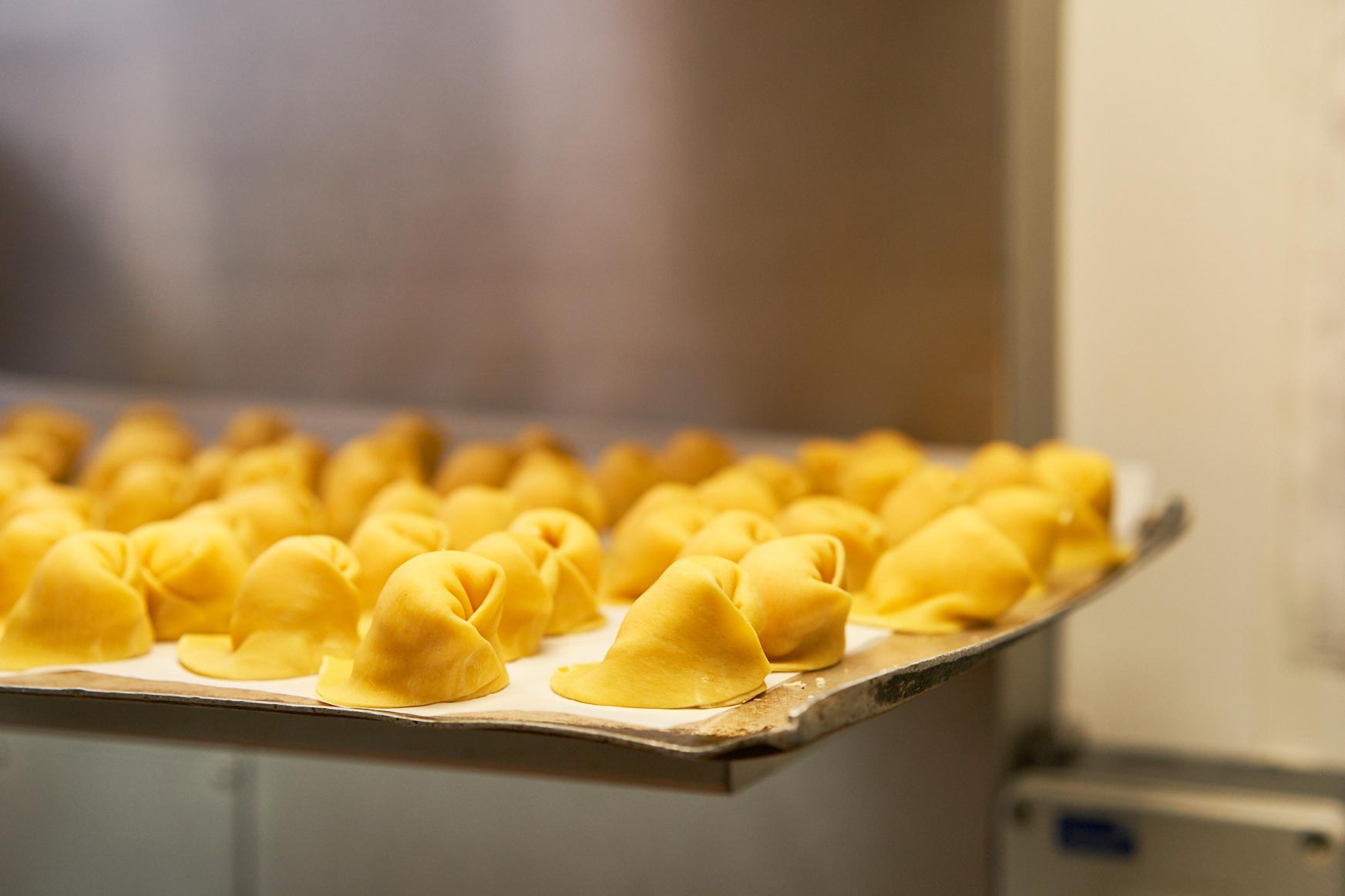


Today’s menu
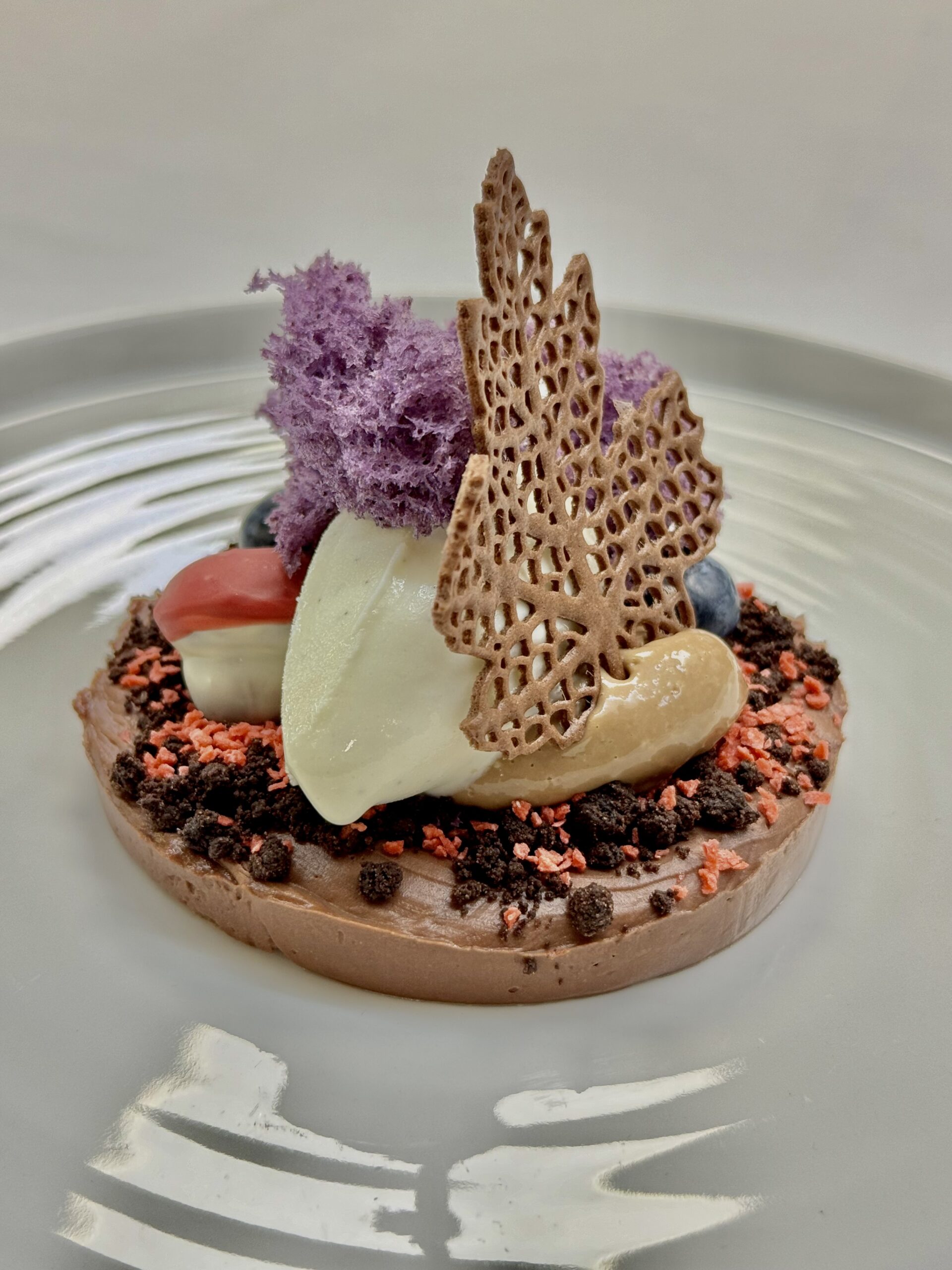
Today’s menu
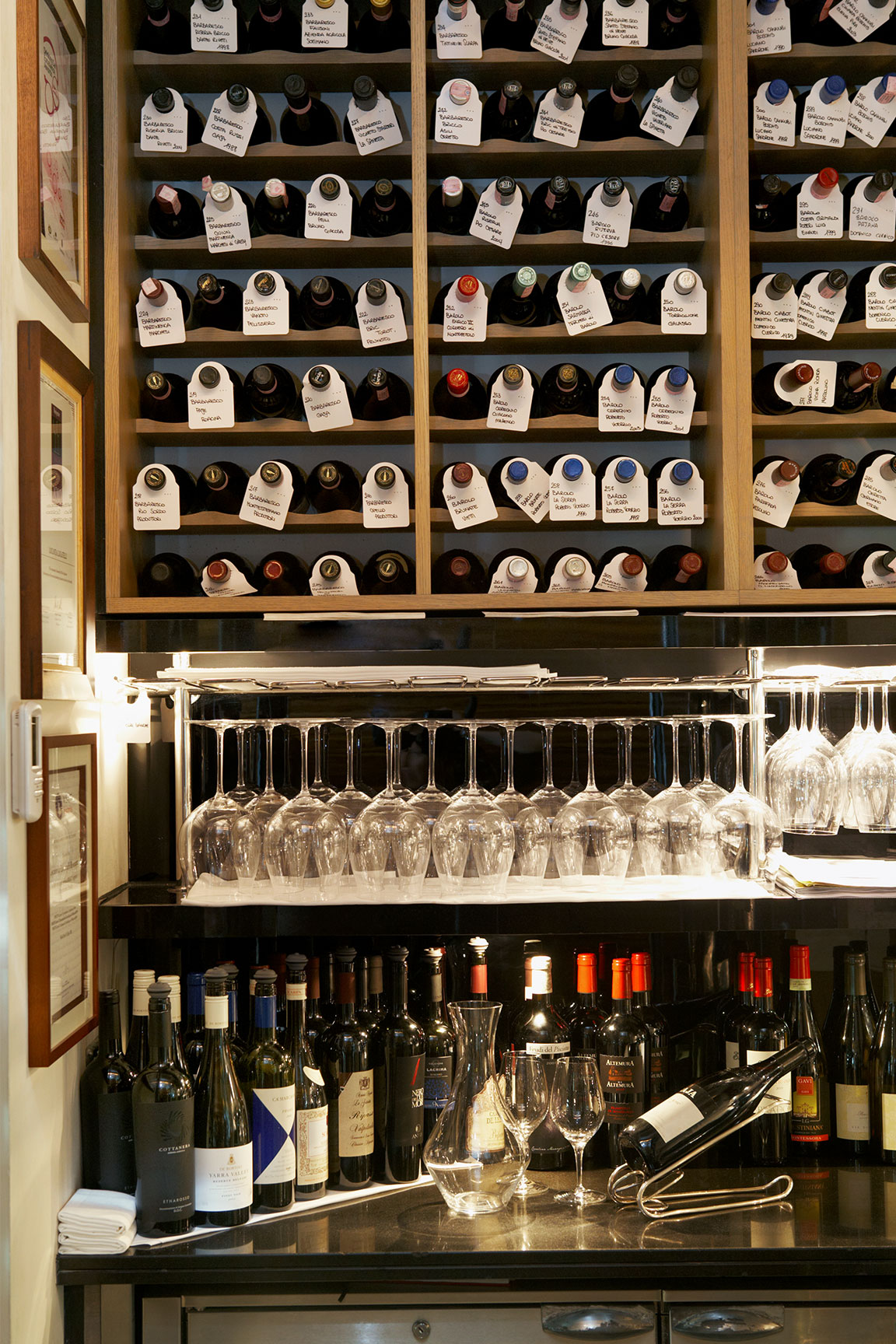

Vini Spumanti
Sparkling Wines 125ml
Vini Bianchi
White Wines 175ml
Vini Rosati
Rosé Wine 175ml
Vini Rossi
Red Wines 175ml
Vini Coravin
Premium wines served at 125ml
Vini Dolci Rossi
Red Dessert Wines 100ml
Vini Liquorosi e Fortificati
Fortified Wines 100ml
Vini Spumanti e Frizzanti
Sparkling wines
Prosecchi
Spumanti Metodo Classico
Traditional Method
Selezione Spumanti Cantine Ferrari Fratelli Lunelli
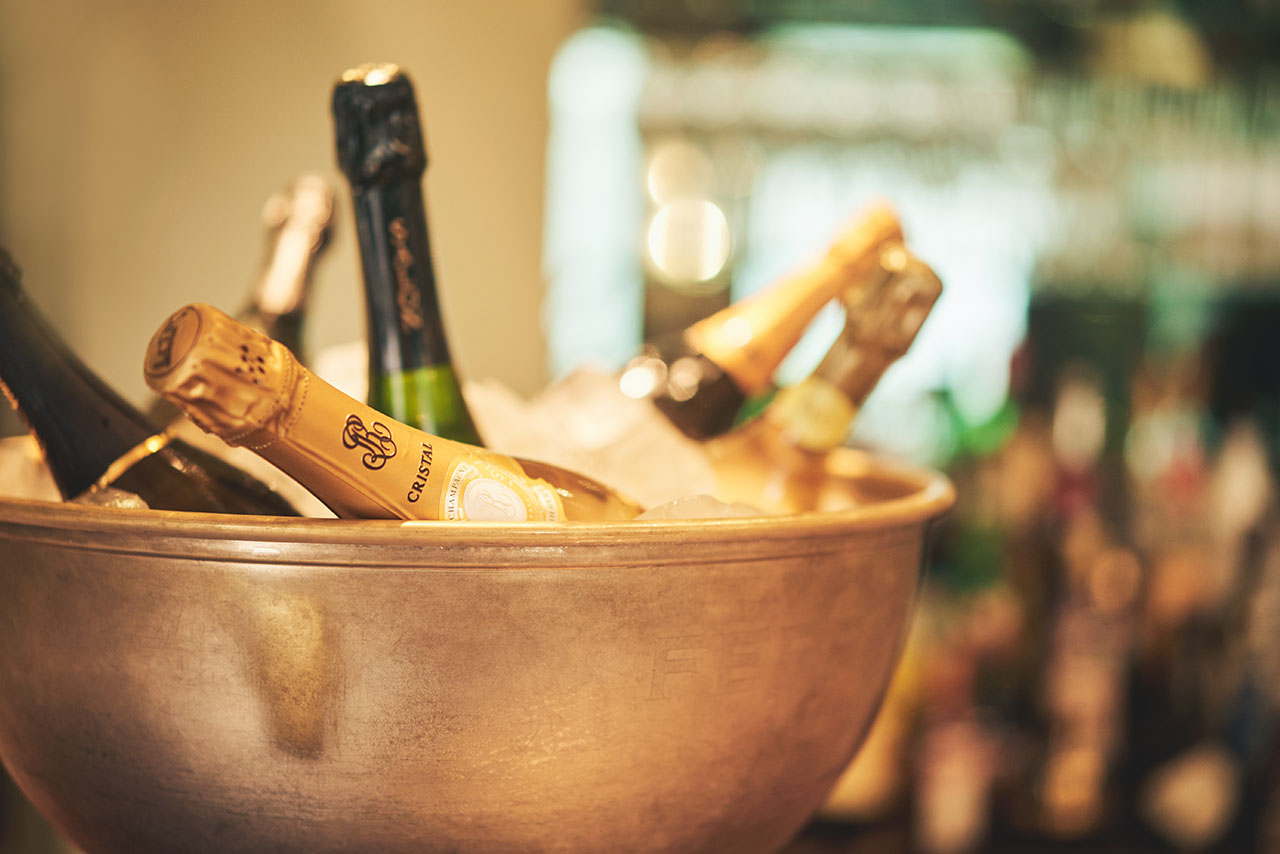
Riserva Del Fondatore Giulio Ferrari
Selezione Franciacorta Ca` Del Bosco
Champagne Non Millesimato
Non-vintage
Champagne Millesimato
Vintage
Champagne Rosati
Rosé
Vini Bianchi e Rosati
White and Rosé wines
Piemonte
Piedmont
Lombardia
Lombardy
Trentino Alto Adige
Trentino South Tyrol
Friuli Venezia Giula
Friuli Venezia Giula
Veneto
Toscana
Tuscany
Marche
Umbria
SOUTH
Lazio
Latium
Abruzzo
Campania
Puglia
Apulia
ISLANDS
Sicilia
Sicily
Sardegna
Sardinia
Vini Rosati
Rosé wines
Toscana
Tuscany
Chianti Geografico
Apart from the Chianti Classico, Chianti Rufina is the most distinctive. Chianti Colli Senesi has the biggest production area is rustic. Chianti Colli Fiorentini is light and fresh; the other areas are of less importance in richness and personality.
Chianti Classico
Chianti Classico is made with a minimum of 80% Sangiovese, the typical red variety of the area. Along with the Sangiovese, other red grapes can be used, but with a maximum percentage of 20%. These grapes include natives such as Canaiolo and Colorino as well as “international” varieties like Cabernet Sauvignon and Merlot. The minimum ageing required is 12 months, whilst for the Riserva it is 24 months.
Chianti Classico Gran Selezione
Gran Selezione is made exclusively from a winery’s own grapes grown in its finest vineyards according to strict regulations that make it a truly premium wine. In addition to having the chemical and organoleptic characteristics of very high quality wines, Gran Selezione can be marketed only after minimum 30-month maturation and an obligatory period of bottle refinement.
Le Pergole Torte
The first vintage released was the 1977. It was the first 100% Sangiovese wine to be produced in the Radda in Chianti area.
Tignanello
This was the first Sangiovese to be aged in barriques, the first red wine to be blended with non-traditional varieties (like Cabernet) and one of the first Chianti reds not to use white grapes. Tignanello is a milestone and the first vintage of Tignanello was 1971.
Solaia
Meaning ‘The Sunny One’, Solaia is a 10 hectare vineyard adjacent to Tignanello in the Mercatale Val di Pesa zone of Chianti Classico. The first vintage of Solaia wine was released in 1978.
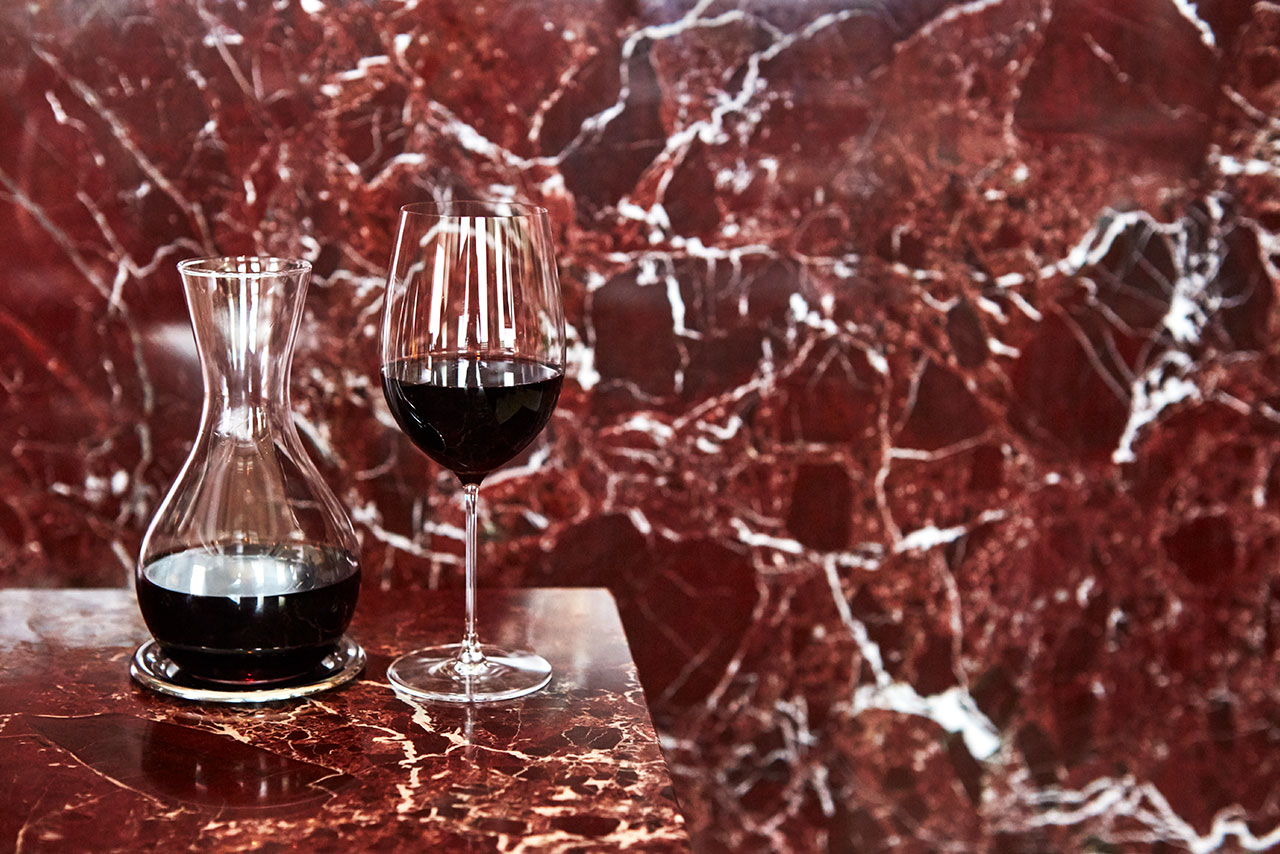
Rosso Di Montepulciano
Vino Nobile Di Montepulciano
The wine is made primarily from Sangiovese grapes known locally as Prugnolo Gentile at least 70%, blended with Canaiolo Nero (10%–20%) and small amounts of other local varieties such as Mammolo and Colorino. The wine is aged in oak barrels for 2 years (3 years for the Riserva). Generally speaking, it is a wine that can be regarded as a medium style between Chianti and Brunello di Montalcino. Historical records show that since the middle ages the vineyards of “Mons Politianus” have always produced excellent wines.
Rosso Di Montalcino
Brunello Di Montalcino
Maremma Toscana
Bolgheri
Tenuta Guado Al Tasso
Guado Al Tasso
Tenute Dell`Ornellaia
Ornellaia
Masseto
Tenuta San Guido
Sassicaia
Piemonte
Piedmont
Langhe
Langhe is a territorial Denomination, a category based on careful selection of grapes in the vineyard. For example, a Nebbiolo vineyard that produces grapes for the production of Barolo, Barbaresco, Roero and Nebbiolo d’Alba, will also produce grapes for Langhe Nebbiolo Doc.
Gaja
DOLCETTO
Dolcetto D`Alba
Dolcetto Di Diano D`Alba
BARBERA
Barbera D’Alba
Barbera D’Asti
Barbera Colli Tortonesi
Barbaresco
Barbaresco is made entirely from the Nebbiolo grape variety and before releasing must be aged for at least 26 months, 9 of them in oak. Whilst for the Riserva – 50 months, also 9 months in oak. The cultivation area is closer to the maritime
climate than the Barolo area, allowing a slightly early maturation of the grapes. It was only until the 19th century that it was developed to its more suitable dry version that we all know, and this is thanks to the professor Domizio Cavazza at the Oenologic School of Alba. Barbaresco, also called “Barolo’s little brother” grows in the Tortonian calcareous marl soil.
Barbaresco blends of Communes
Comune di Barbaresco
Comune Di Neive
This area makes some of the fullest bodied and tannic examples of wines.
Comune Di Treiso
The wines tend to be the lightest in body and are principally known for their finesse.
BAROLO
Blend of Communes
Comune di La Morra
The wines are perfumed, graceful and early maturing.
Comune Di Grinzane Cavour
Rich and broad Barolos, also keeping a great elegance
Comune Di Castiglione Falletto
Velvety structure with a rich bouquet, ranging from medium to full bodied, located in the middle of the two soils giving a completely balanced wine.
Comune Di Serralunga D`Alba
The richest in tannins and depth are full bodied and similar to the wines of Monforte D`Alba.
Comune Di Verduno
Very equilibrate Barolos, with great balance between fruitiness and earthiness
Comune Di Monforte D’Alba
Good structure big, deep colour, bold and rich with the greatest ageing potential
Comune Di Barolo
Less femminine than La Morra, more classic, broad and warm.
Comune Di Cherasco
Very small area where the majority are co-operatives.
Vini Rossi
Red Wines
Valle D`Aosta
Aosta Valley
Lombardia
Lombardy
Trentino Alto – Adige
Trentino South – Tyrol
Friuli Venezia Giulia
Veneto
Valpolicella
Valpolicella Ripasso
Amarone Della Valpolicella
Amarone is a rich full bodied wine obtained from grapes mostly; Corvina, Rondinella and Molinara which are dried in “fruttaio” (a grape-drying building) for several months.The name Amarone means “the Great Bitter”; this was originally to distinguish it from the Recioto produced in the same region, which is the sweet version.
Emilia Romagna
Marche
Umbria
Lazio
Abruzzo
Basilicata
Molise
Campania
Puglia
Apulia
Calabria
Sicilia
Sicily
Sardegna
Sardinia
Vini Dolci
Dessert wines
Vini Dolci Bianchi
White dessert wines
Vini Dolci Rossi & Rosati
Red and Rosé dessert wines
Vini Fortificati
Fortified wines
Marsala
RED
WHITE
HALF BOTTLES
Vini Bianchi
White wines
Vini Rosati
Rose’ wines
Vini Rossi
Red wines
MAGNUMS
Vini Spumanti
Sparkling wines
Vini Bianchi
White wines
Vini Rossi
Red wines
Our corkage policy starts from £35 per 75cl still bottle and £50 per 75cl sparkling bottle and will increase according to the style, vintage and current market value of the wine. Please note that we allow a maximum of 1 bottle every 2 guests. In case you are interested to bring your own wine, please contact our reception team as we allow corkages only if previously agreed.
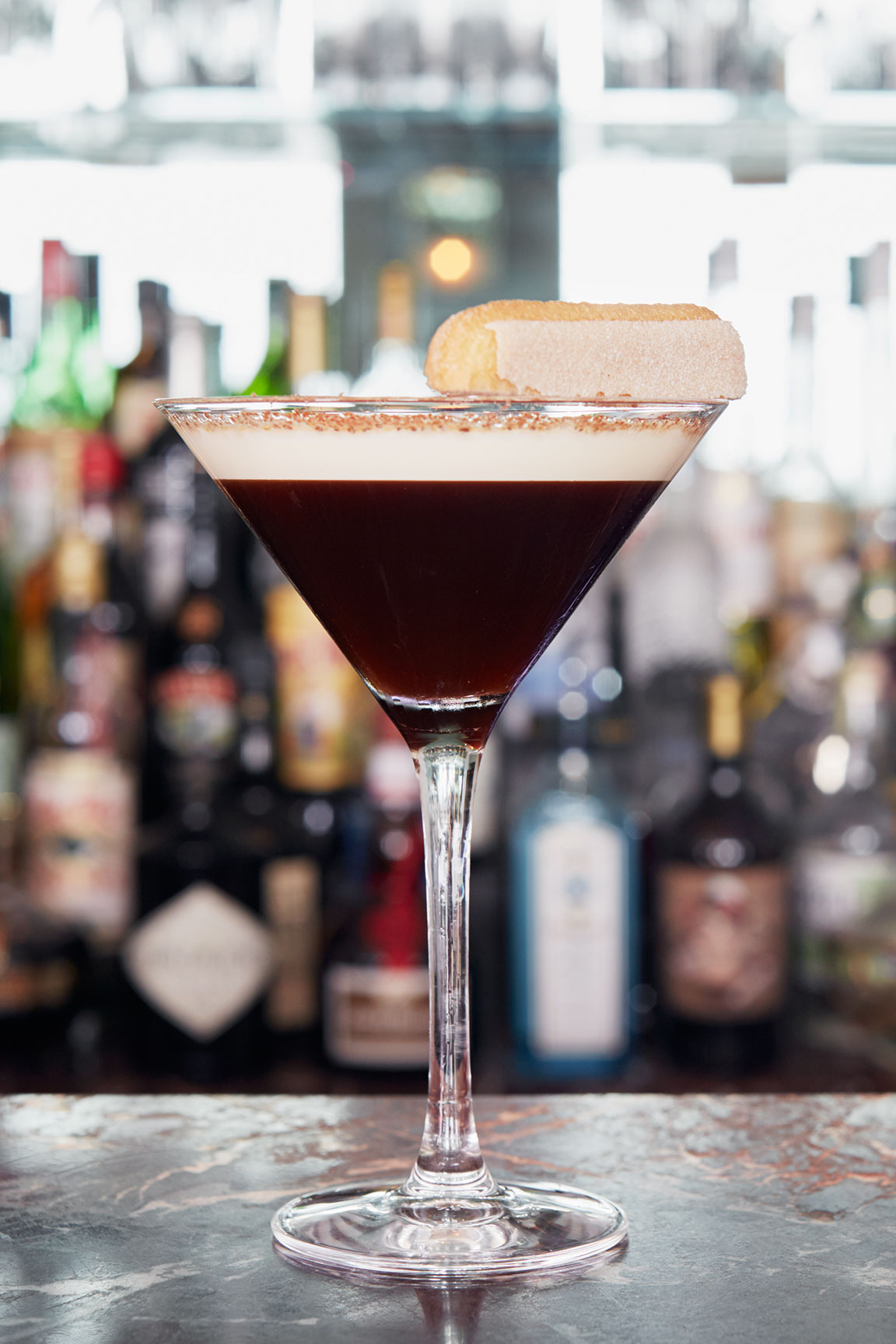
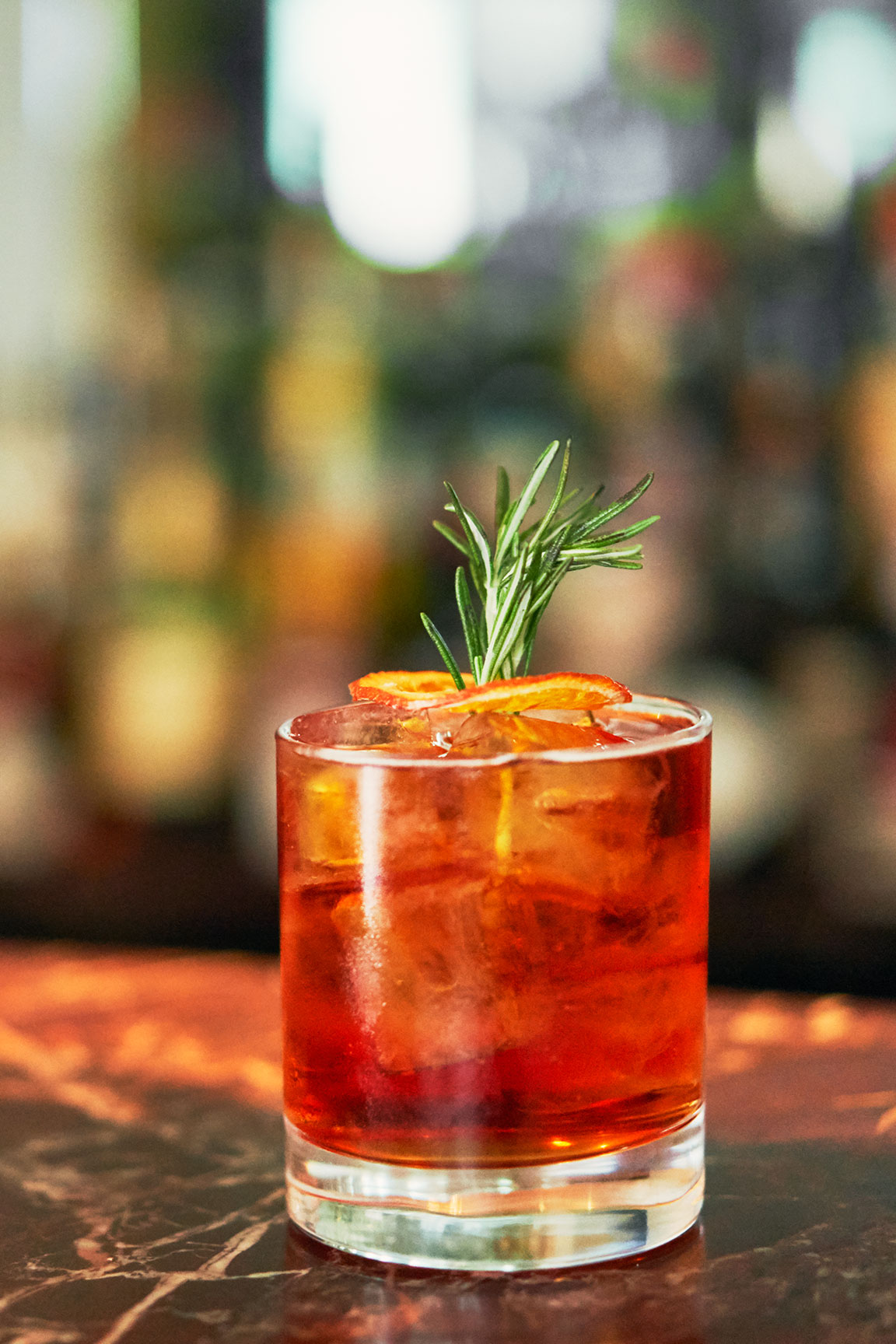
White Grape Variety
Black Grape Variety
White and Black Grape Varieties
Italian Brandy
Acquaviti
Distillati di Frutta
Spirit Fruits
Cognac
Armagnac
Calvados
Blended Scotch Whisky
Single Malt Scotch Whisky
Vatted Scotch Whisky
Vatted Grain Scotch Whisky
Irish Whisky
American and Canadian Whisky
Finnish Whisky
Dutch Whisky
French Whisky
Liquori Italiani
Liquori Internazionali